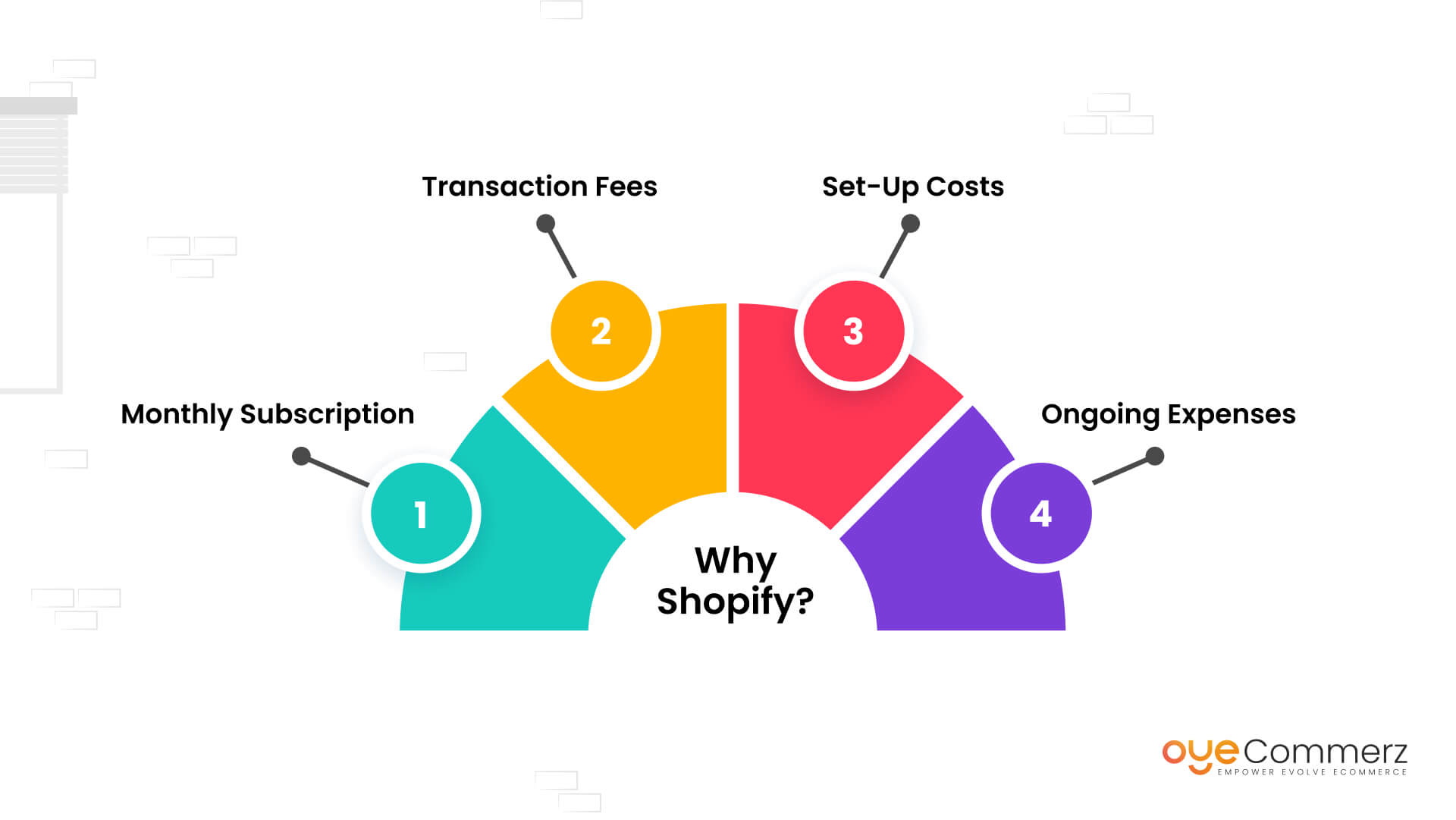Shifting from WordPress to Shopify marks an exciting step toward streamlining your e-commerce processes. As businesses grow, choosing a solution that aligns with growth potential, user experience, and flexibility is essential. Shopify is widely recognized as a favorite for online merchants, offering unmatched adaptability, data protection, and user-friendliness. In this guide, we’ll explore the transformative impact of this migration, discuss the benefits, and provide practical tips to facilitate a smooth transition.
1. Top Reasons to Transition from WP to Shopify
The combination of WordPress and WooCommerce, has served countless e-commerce platforms. However, as companies expand, issues like reliance on plugins, data risks, and complex setups often obstruct growth. Shopify, specifically created for e-commerce, eliminates these concerns with an comprehensive, intuitive platform. Real data back this shift—Shopify powers over 4.4 million stores globally, with a documented 10% boost to sales conversion rates for numerous merchants after migration.
2. Shopify's Advantages for Thriving Online Stores
Shopify’s robust ecosystem is tailored for expanding businesses. Its standout benefits are:
- Effortless Design Flexibility: Shopify offers over 80 expertly crafted themes.
- Built-in Features: Features like Shopify Payments and built-in SEO streamline operations.
- International Expansion: Multi-currency support and localization features enable brands to expand internationally.
Additionally, Shopify boasts an uptime rate of 99.98%, ensuring your store is always operational.
3. Preparing for WordPress to Shopify Migration
Prior to starting the migration process, assess your current store. Analyze product data, customer details, and search engine rankings. Tools like Shopify’s Migration Kit or third-party solutions help ease the transition. Develop a detailed strategy, ensuring all resources—product descriptions, media files, and articles—are ready for seamless import.
4. The Importance of Accurate Data Migration
Data migration forms the foundation for a smooth transition. When migrating from WP to Shopify, prioritize:
- Product Information: SKU, descriptions, and groupings.
- Customer Data: Emails, purchase records, and custom fields.
- SEO Optimization: Preserve meta tags, URLs, and forwarding paths to avoid SEO losses.
Use apps like LitExtension to streamline data transfer while reducing mistakes.
5. Tailoring Your Shopify Store to Fit Your Brand
After the move, personalizing your Shopify store helps it aligns with your brand. Utilize Shopify’s intuitive page builder to create layouts with ease. Shopify's templates are optimized for all devices, providing a seamless user experience across platforms—a key point, since 74% of e-commerce traffic is generated by mobile users.
6. Maintaining SEO During Migration
SEO is vital for preserving your visibility during migration. Shopify is highly optimized for search engines with organized link formatting, preloaded features, and seamless blog integration. Make sure you:
- Set up URL forwarding for old URLs.
- Enhance updated content with targeted phrases.
- Use Shopify's apps Plug in SEO to monitor performance after the switch.
7. Essential Tests After Migrating to Shopify
Once the migration is complete, run detailed checks.
Check: - Website speed (Shopify delivers faster speeds in contrast with WordPress).
- Functionality of Shopify API integration payment gateways and transaction flow.
- Mobile responsiveness.
Testing guarantees your store provides a seamless shopping experience from the start.
8. Real-Life Success Story
An example Shopify SEO setup of effective platform switching is Gymshark, a fitness apparel brand that moved to Shopify. Post-migration, the company saw a 60% increase in mobile sales and reduced site downtime. This highlights the potential of Shopify in enhancing e-commerce growth.
9. Challenges and Solutions
Migration comes with challenges, such as data integrity and reconfiguring custom functionalities. However, Shopify’s robust support and third-party experts simplify the process. Collaborating with experienced Shopify developers ensures a trouble-free transition.
10. Making the Switch: The First Step Toward Success
Switching from WordPress to Shopify marks a forward-thinking decision to online retail. By addressing scalability, streamlining operations, and improving buyer satisfaction, Shopify empowers businesses to thrive in competitive markets.
Conclusion
Transitioning from WP to Shopify is a strategic move that can significantly boost your e-commerce success. With a robust migration plan, the right tools, and professional guidance, you can unlock new success milestones.
Excited to start the journey? Reach out today to learn how our Shopify migration services can revolutionize your e-commerce platform. Get in touch today, or ask yourself: Is it time to seize Shopify’s advantages for your store?
